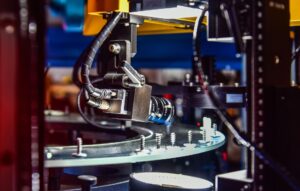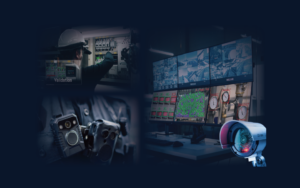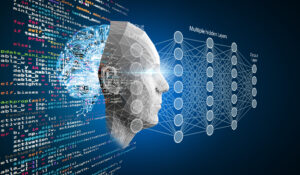What is Machine Learning?
Machine learning is a subset of artificial intelligence that focuses on enabling computers to learn from data, without being explicitly programmed. In other words, it’s a way of teaching machines to learn and improve from experience, just like humans do. Common applications of machine learning include Facebook and other social media platforms that use machine learning to suggest friends, groups, and content based on user interests and activity. While this is just the tip of the iceberg, machine learning is becoming more prominent in various fields such as medical diagnosis, securities analysis, fingerprint recognition, speech processing, online shopping, weather forecasting, and many others.
How Machine Learning Works

The core idea behind machine learning is to create algorithms that can learn from data, and then use that knowledge to make predictions or decisions about new data. This process involves several steps:
- Data collection: The first step is to gather data that can be used to train the algorithm. This data can come from a variety of sources, such as sensors, databases, or user interactions.
- Data preprocessing: Once the data is collected, it must be preprocessed to make it usable by the machine learning algorithm. This might involve cleaning the data, removing irrelevant information, and converting it into a format that can be easily processed.
- Model training: The next step is to train the machine learning model on the preprocessed data. During training, the algorithm learns to recognize patterns in the data and make predictions based on those patterns.
- Model evaluation: After the model is trained, it must be evaluated to determine how well it performs on new data. This is done by testing the model on a separate set of data that was not used during training.
- Model deployment: Finally, the trained model is deployed and used to make predictions or decisions about new data.
Types of Machine Learning
Although machine learning is often discussed in the context of artificial intelligence, not all AI applications involve machine learning. Machine learning is similar to human learning in that it requires training data to identify patterns and make predictions. Machine learning is classified into four types: supervised learning, unsupervised learning, semi-supervised learning, and reinforcement learning.
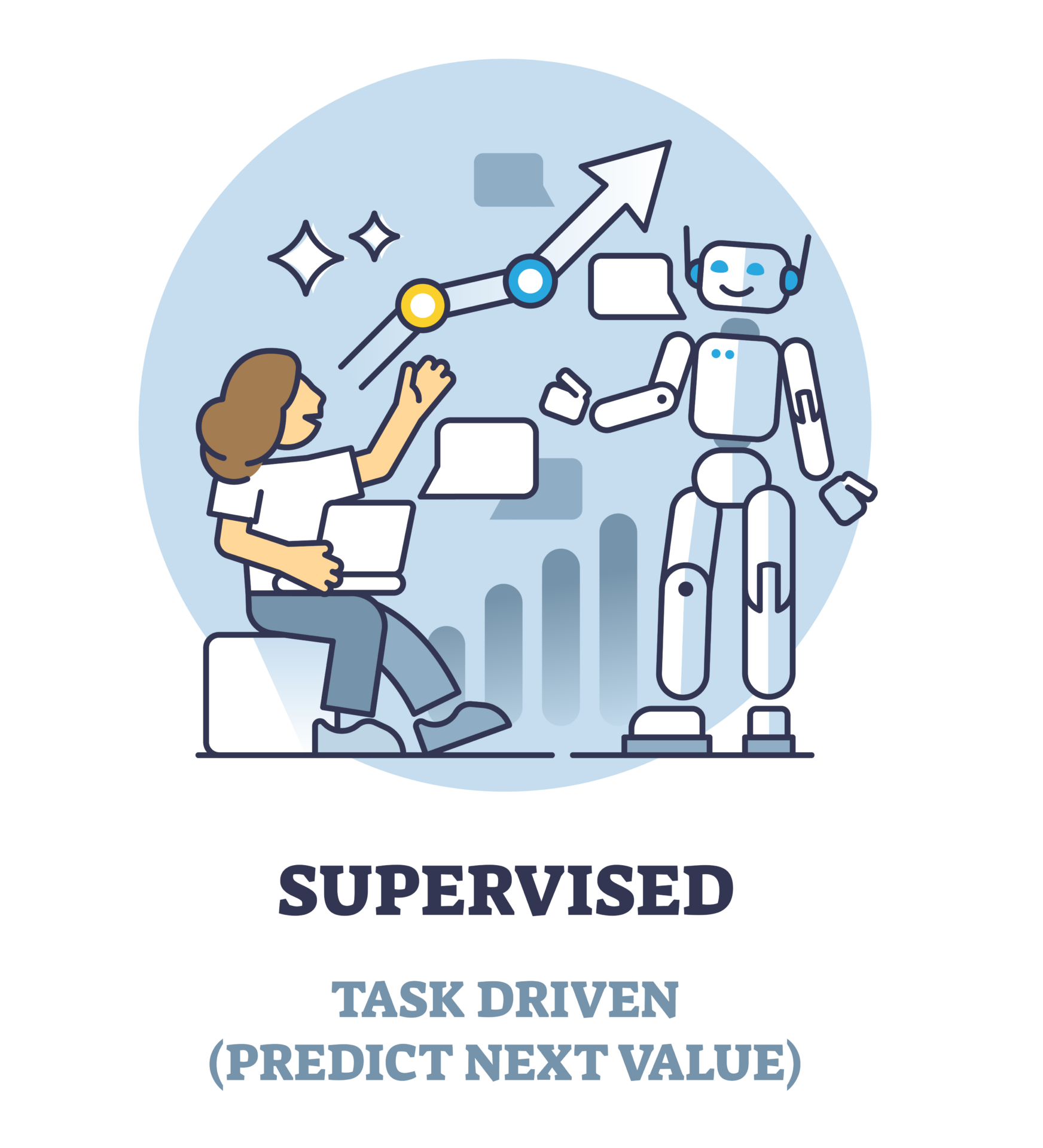
Supervised Learning
Supervised learning is a machine learning technique that involves labeling data to teach the machine how to identify correct answers. For example, in the case of image recognition for cats and dogs, the images must first be labeled by humans to identify the features that distinguish cats and dogs such as ears, legs, and body shape. The machine then analyzes the data to identify patterns and make predictions. Supervised learning requires a significant amount of data to achieve high accuracy, but it is effective in tasks where there is a large amount of labeled data available.
Unsupervised Learning
As the word suggests, unsupervised learning involves training a machine without providing pre-labeled training examples. Instead, the machine is left to automatically identify data features and classify them on its own. For example, a machine can be provided with a large number of images of cats and dogs to learn from, but without being told beforehand which ones are cats and which are dogs. The machine then automatically distinguishes potential cat and dog features and classifies them accordingly. Common functions of unsupervised learning include clustering, association,and dimension reduction, which are useful tools for data exploration in the early stages of data mining. While unsupervised learning methods are less demanding on human input, they can create issues for AI models. This is because irrelevant features may be given too much weight, which can result in biased prediction results.
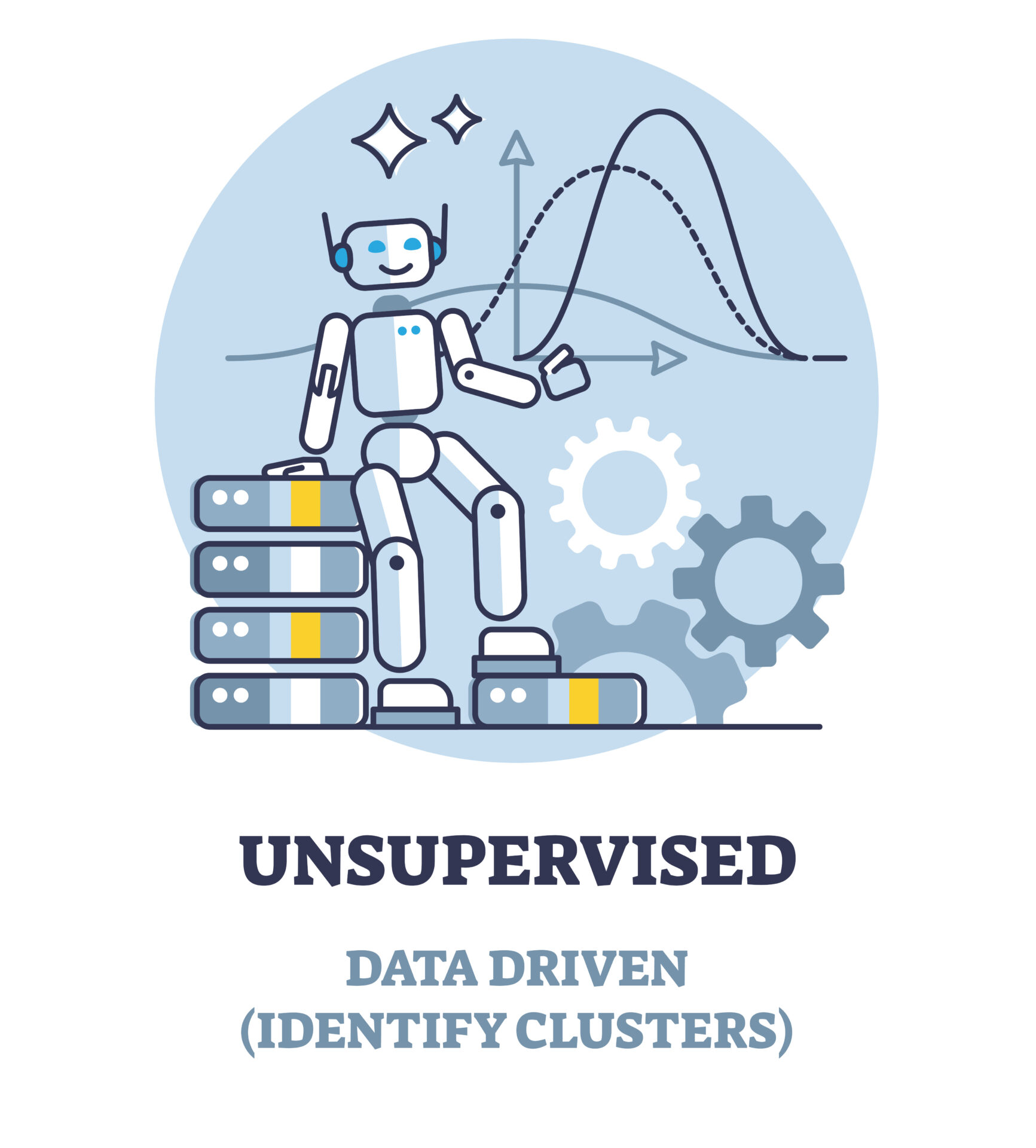
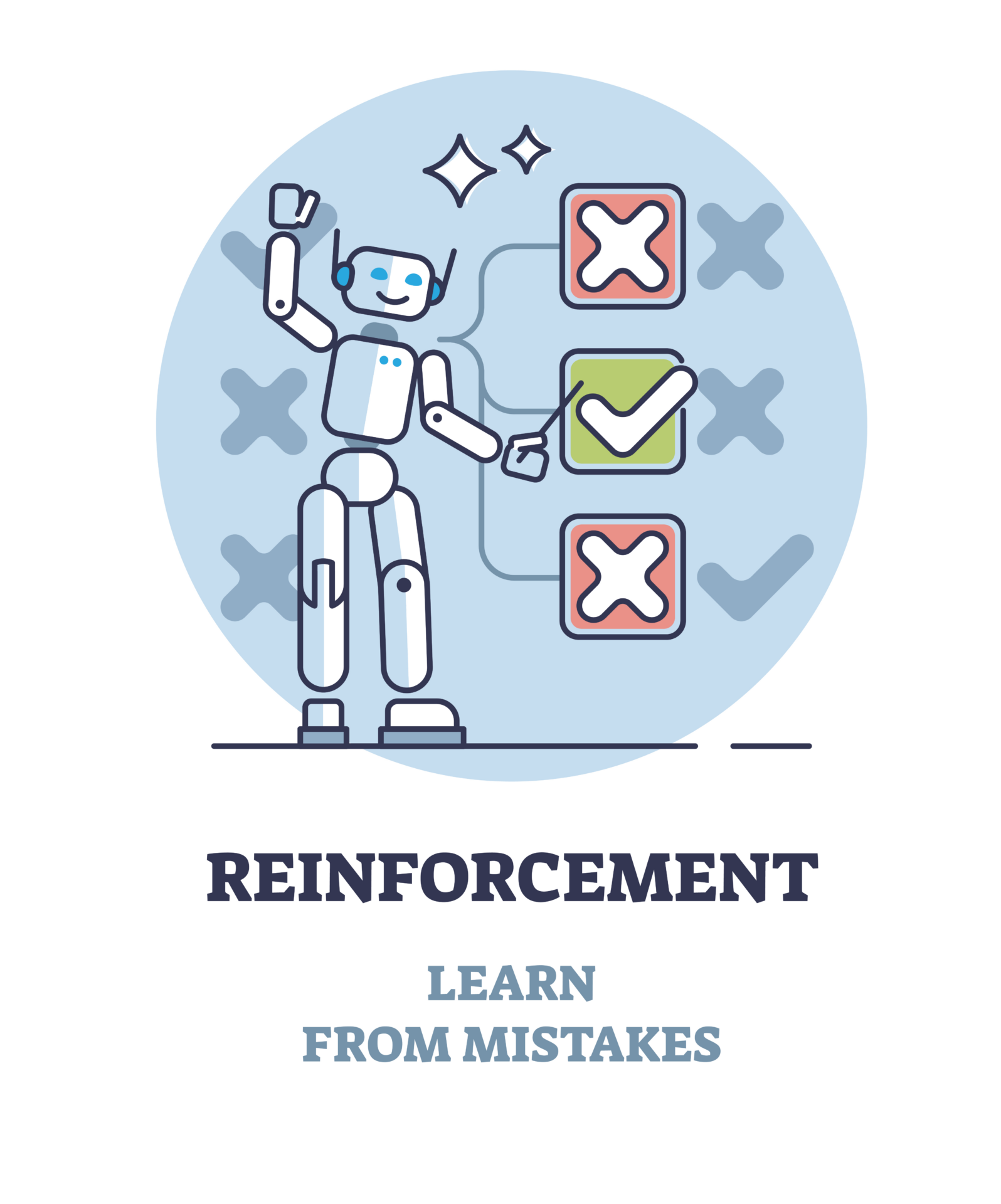
Reinforcement Learning
The operation of reinforcement learning involves directly interacting with the environment to learn how to achieve desired outcomes. This learning method does not require labeling, but instead tells the computer which actions are correct and which are incorrect, allowing the machine to learn from its mistakes to become increasingly efficient at achieving its goals. In the context of unsupervised learning, reinforcement learning is especially important. For instance, when the machine is autonomously learning to recognize distinct features and mistakenly identifies a dog’s picture as a cat, it can be guided by a human to learn from the error and enhance its ability to correctly classify and identify, resulting in more accurate and reliable predictions.
Semi-Supervised Learning
Semi-supervised learning involves labeling a small portion of the data to provide a standard for machine learning judgments. This method enables more accurate predictions and is currently the most commonly used type of machine learning. For example, a random selection of 100 images of cats and dogs can be made, and 10 of these images can be labeled to inform the machine of the cat or dog features. The machine then learns to recognize the relationship between the features in the images on its own, using the 10 labeled images as a reference. Typically, machine predictions from semi-supervised learning are more accurate than those from unsupervised learning.
Applications of Machine Learning
Machine learning has a wide range of applications, including:
Conclusion
Machine learning is a powerful tool that has revolutionized the way we solve complex problems. By enabling computers to learn from data, we can create algorithms that can make predictions and decisions that would be impossible for humans to make on their own. In reality, the four types of machine learning mentioned—supervised learning, unsupervised learning, semi-supervised learning, and reinforcement learning—are only rough classifications. The choice of which algorithm to execute in a project depends on many considerations, such as the actual amount of data available and the goals of the project. Therefore, regardless of the learning method, the first consideration should always be ‘What problem are we trying to solve?’.
